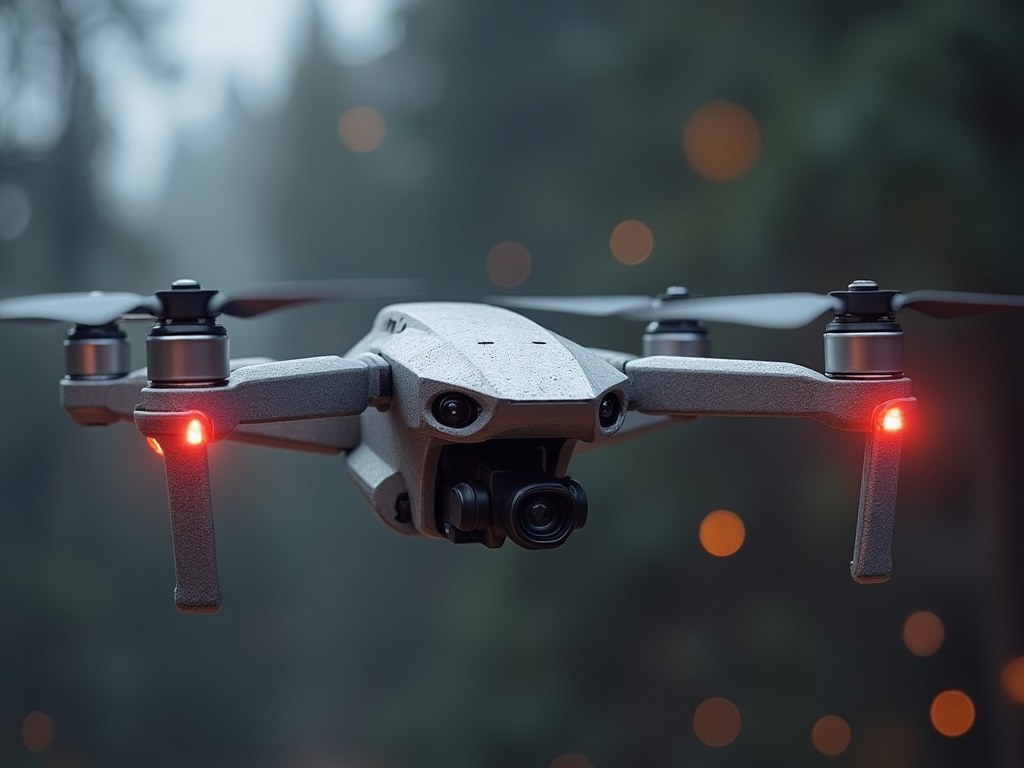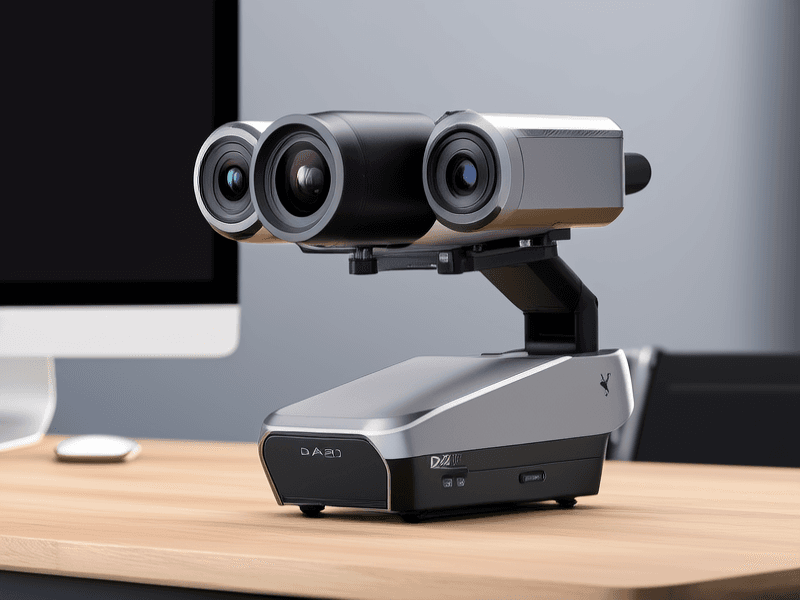FPV AI Multi-Target Recognition and Tracking Module
AI Multi-Target Recognition and Tracking Module Technical Analysis
1. Introduction
Multi-target tracking (MOT) is an important research topic in the field of computer vision, aimed at identifying and continuously tracking multiple objects in video sequences. With the development of drone technology, integrating MOT with drone tracking capabilities has become a complex and challenging issue. This integration not only involves efficient algorithm design but also requires consideration of the dynamic flight characteristics of drones, environmental changes, and the complexity of target behavior.
2. Overview of the FairMOT Framework
The FairMOT framework is a significant technology for achieving multi-target tracking. It combines target detection and re-identification tasks into one cohesive solution, providing an efficient and accurate approach. The design of FairMOT includes several key components to ensure high-performance target tracking in dynamic environments.
3. FairMOT Framework as a Target Detection and Recognition Technology
3.1 DLAseg Backbone Network
FairMOT uses DLAseg (Deep Layer Aggregation with Segmentation) as its backbone network. This network structure optimizes the feature extraction process through deep layer aggregation technology, ensuring fast and accurate target detection and recognition. DLAseg effectively merges information from different levels, improving the network’s performance in complex scenes.

3.2 Introduction of Attention Mechanisms
By incorporating the Convolutional Block Attention Module (CBAM), FairMOT enhances its ability to focus on important features. CBAM allows the model to emphasize key features while suppressing irrelevant information during image processing. This mechanism is particularly suitable for drone applications, enabling the system to maintain good target recognition capabilities even when targets are partially obscured by other objects.

3.3 Integrated Algorithm Design
FairMOT implements a unified deep learning model for target detection and re-identification, which not only increases processing speed but also reduces potential identity inconsistency issues found in traditional methods. This design ensures that drones can efficiently process video streams during real-time flights, providing a reliable solution for multi-target tracking.
3.4 Handling Occlusion and Identity Switching
The FairMOT framework features an occlusion-aware module specifically designed to handle situations where targets are obscured during movement. When a target is occluded, the model stops updating its appearance features, thus minimizing identity switching issues caused by short-term occlusion. This characteristic significantly enhances tracking stability and reliability, allowing drones to more accurately identify and track multiple targets in complex environments.

4. Applications and Challenges
The integration of MOT with drone technology brings numerous advantages but also presents several challenges:
- Real-time Processing Capability: Drones operating in dynamic environments require efficient algorithms to support rapid decision-making and response. FairMOT demonstrates good performance in this area through its optimized network structure.
- Adaptability to Complex Environments: Ensuring robustness in target tracking under various environmental conditions (such as lighting changes and complex backgrounds) is a critical issue. Integrating advanced target detection and occlusion handling technologies is key to addressing this challenge.
Conclusion
The AI multi-target recognition and tracking module, through the introduction of the FairMOT framework, combines efficient target detection and re-identification technologies to provide strong support for drones operating in complex environments. As technology continues to advance, this integrated approach is expected to play an important role in a wider range of applications, such as public safety, traffic monitoring, and intelligent logistics.




